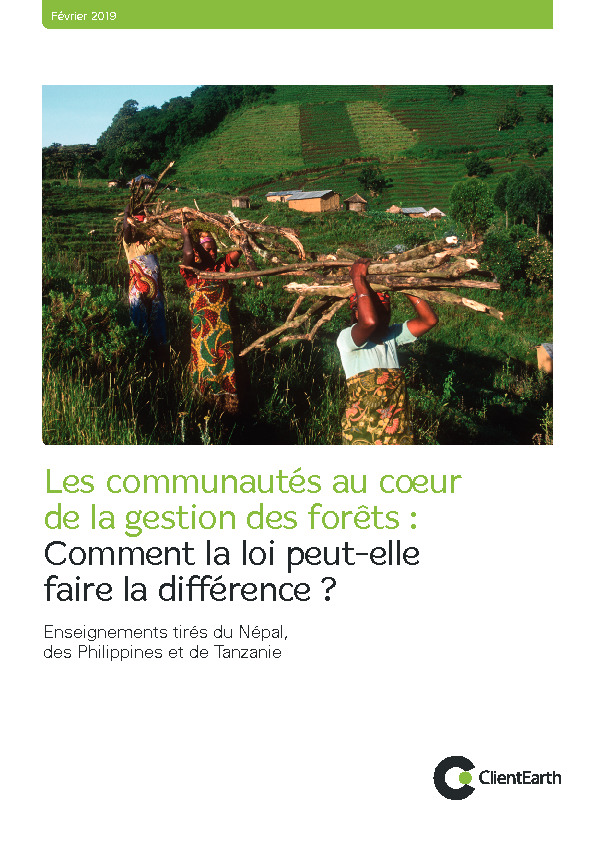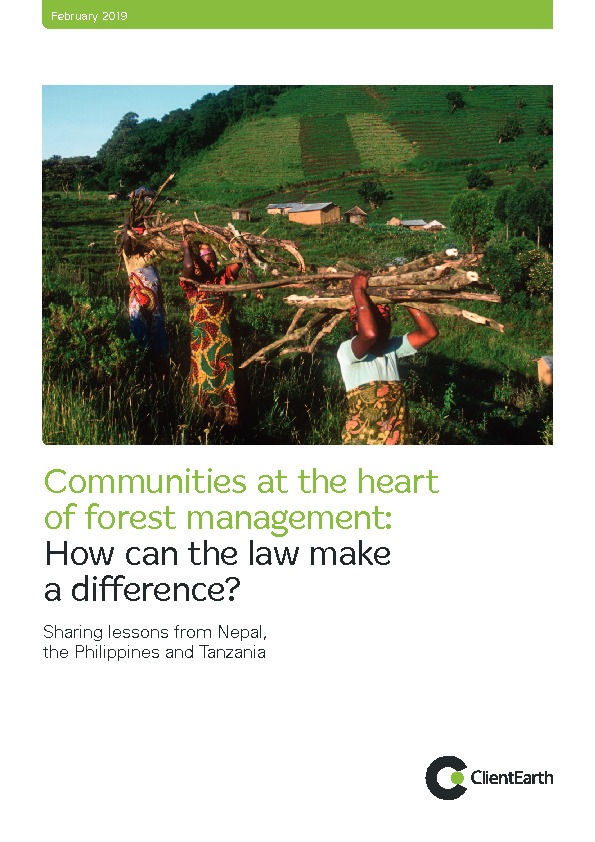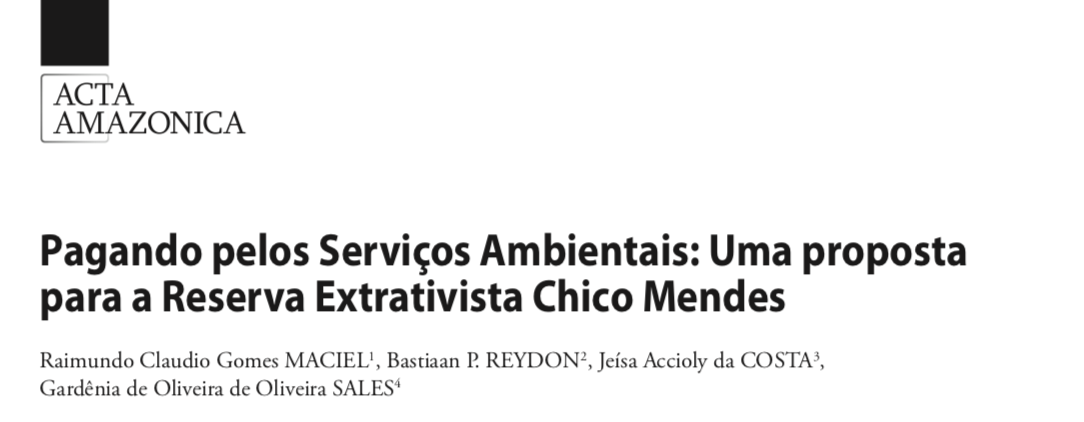From users to custodians: changing relations between people and the state in forest management in Tanzania
This paper begins by discussing Tanzania's increasing recognition of the need to bring individuals, local groups, and communities into the policy, planning, and management process if woodlands are to remain productive in the coming decades.The article finds that:central control of forests takes management responsibility away from the communities most dependent on them, inevitably resulting in tensionsTanzania has enthusiastically established community-owned and -managed forest reservesthe most successful initiatives involving communities and individuals have been those that moved away from
Grey Literature Library - Fuelwood Collection
Collection of ten papers looking at the impacts and issues arising from fuelwood use. Also case studies from a number of countries covering forest energy strategies and the development of alternatives.The papers included are as follows:Factors affecting fuelwood use in Taita, Kenya.Fleuret, A. 1983 Fuelwood use in Zanzibar town.Masoud, R.S. 1991Woodlots, woodfuel and energy strategies for Ciskei.Bembridge, T.J. 1990 Fuelwood scarcity in rural Africa: possible remedies.McClintock, J. 1987Stoves and deforestation in developing countriesGill, J.
Nepal: breaking new ground: leasehold forestry in Nepal: hills leasehold forestry and forage development project
This document presents the results of an evaluation of an IFAD project aimed at preventing land degradation in Nepal. The project is based on leasehold forestry, an innovative approach introduced by IFAD in the early 1990s. It works by providing forty-year leases to groups of households and giving them user rights over plots of degraded forest land.
Grey Literature Library - Social Forestry Collection
Grey literature collection includes documents from India over the last twenty years, the collection traces the process of social forestry, which aimed to satisfy local needs through fuelwood plantations and to divert pressure from natural forest through the participation of private framers and communities.The papers included are as follows:Village-level management of common property resources, especially fuelwood and fodder resources in Karnataka, IndiaBrokensha, D. 1988Women and wasteland development - policy issues.
Les communautés au coeur de la gestion des forêts : Comment la loi peut-elle faire la différence ?
Ce rapport vise à donner des lignes directrices pour l'élaboration de cadres juridiques sur la foresterie communautaire. Il offre des recommandations et un cadre de réflexion pour l'ensemble des acteurs engagés dans la création, la mise en œuvre ou la révision des législations relatives à la foresterie communautaire, en particulier la société civile.
Communities at the heart of forest management: How can the law make a difference?
This report is intended to provide guidance to develop enabling legal frameworks governing community forestry. It offers recommendations and a framework for reflection for all actors engaged in creating, implementing or revising laws on community forestry, and for civil society in particular.
Drawing lessons from the design and implementation of community forestry laws in Nepal, the Philippines, and in Tanzania, this report revolves around the ten following building blocks to consider in order to develop supportive frameworks governing community forestry:
Apresentação de slides da Portucel Moçambique
A Portucel Moçambique está a desenvolver um projecto florestal integrado com uma indústria de produção de pasta para papel em Moçambique, assegurando a partilha de valor para promover o desenvolvimento socioeconómico sustentável das comunidades e melhorar o conhecimento e o respeito pelo ambiente.
Maku Nadëb da aldeia Jeremias, Terra Indígena Paraná do Boá-Boá, Amazonas
Agroforestry Innovation through Planned Farmer Behavior: Trimming in Pine–Coffee Systems
Knowledge transfer depends on the motivations of the target users. A case study of the intention of Indonesian coffee farmers to use a tree canopy trimming technique in pine–based agroforestry highlights path-dependency and complexity of social-ecological relationships. Farmers have contracts permitting coffee cultivation under pine trees owned by the state forestry company but have no right to fell trees.
Pagando pelos Serviços Ambientais
Sabe-se que o processo de ocupação econômica, pós-1970, foi extremamente prejudicial ao meio ambiente e às populações tradicionais da região Amazônica, persistindo ainda hoje as imensas dificuldades de reprodução das famílias no interior da floresta. Um dos principais desafios na busca de um Desenvolvimento Sustentável é a viabilização do desempenho econômico das unidades produtivas, a partir dos produtos florestais não madeireiros (PFNM), e, conseqüentemente, da reprodução social dessa população.
Institutional factors affecting wild edible plant (WEP) harvest and consumption in semi-arid Kenya
Pervasive food insecurity and poverty in much of the world drives vulnerable populations to harvest natural resources as a means of generating income and meeting other household needs. Wild edible plants (WEPs) are a particularly common and effective coping strategy used to increase socio-ecological resilience in Sub-Saharan Africa where agricultural systems are often sensitive to environmental perturbations and instability. WEPs are collected across the landscape, from agricultural areas to government-managed hilltops with varying degrees of success and legality.








